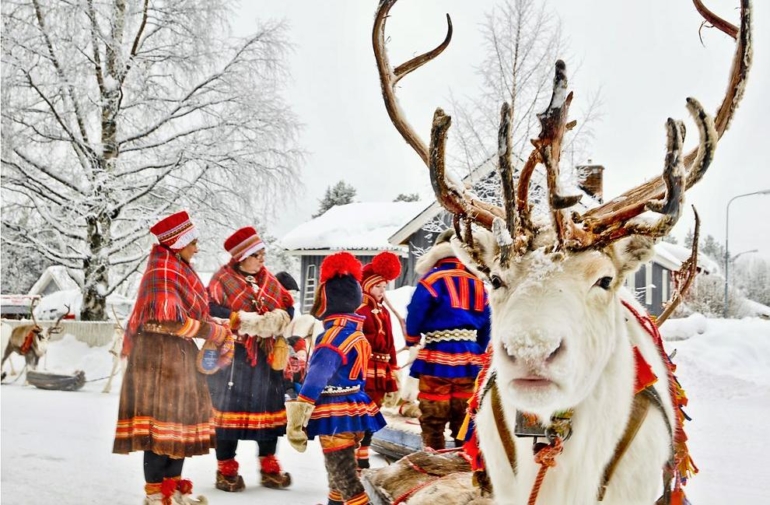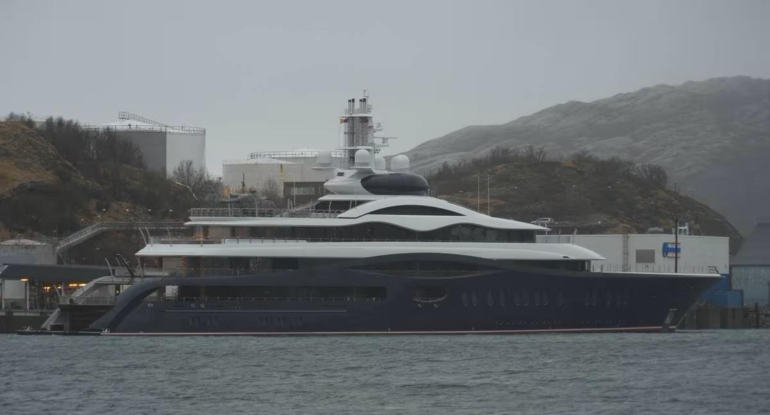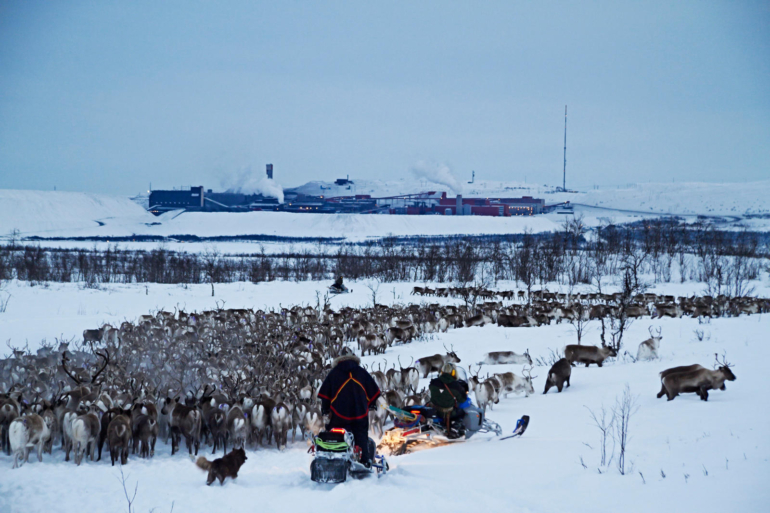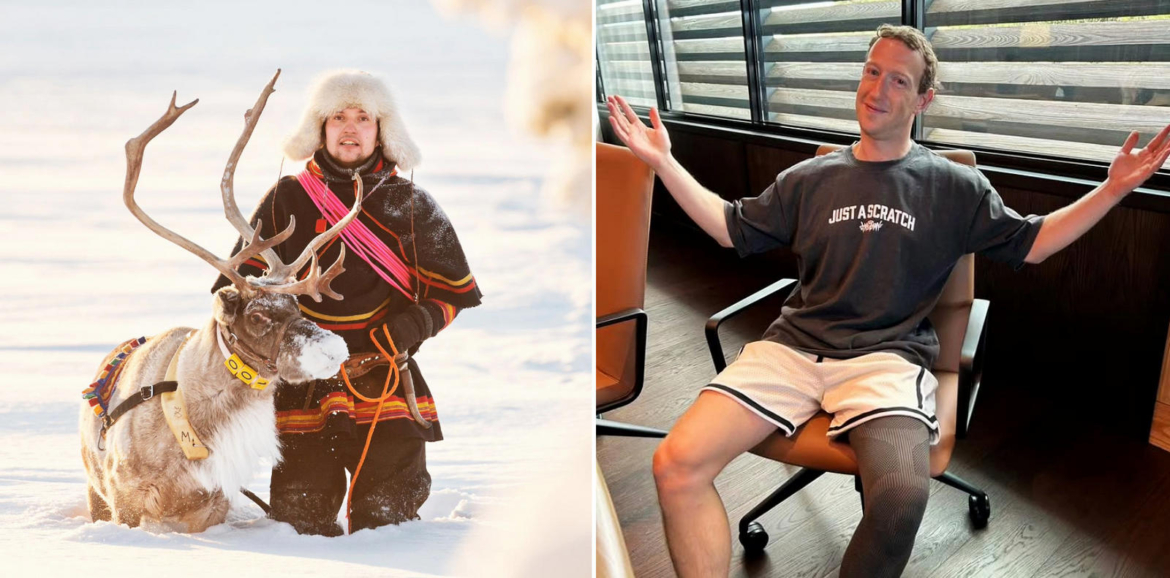In the snow-draped fjords of northern Norway, a controversy as stark as the icy peaks has surfaced—one that intertwines luxury tourism, Indigenous rights, and environmental ethics. At the center of it all is Facebook founder Mark Zuckerberg and his imposing 118.9-meter luxury yacht, Launchpad, which recently anchored in the remote Hellmofjorden region, nestled in Nordland county, just kilometers from the Swedish border.

Zuckerberg, whose presence in Scandinavia has sparked media frenzy, is reported to have used the yacht as a base for a high-end heliskiing trip in the Swedish mountains. While Zuckerberg himself was recently in Washington for antitrust proceedings and may not have personally participated, multiple sources have confirmed that Launchpad and its 67-meter escort vessel, Wingman, were involved in hosting a group of American tourists partaking in the controversial sport. Being the adventure junkie that the Meta CEO is it is highly likely that he tried his hand at helisking at the isolated mountains.

Heliskiing—where helicopters drop skiers on pristine mountaintops—has long been criticized for its environmental impact and disturbance to fragile alpine ecosystems. But in this case, it wasn’t just the environment at stake. The mountains visited by the tourists are not just scenic backdrops; they are the traditional lands of the Sámi people, whose livelihoods revolve around reindeer herding and a deep connection to the land.

According to a report by Swedish newspaper Dagens Nyheter, at least three Sámi villages were contacted in March by a heliskiing operator associated with the trip. These villages were allegedly offered financial compensation—reportedly in the tens of thousands of Swedish kronor—in exchange for their silence or tacit approval. One Sámi representative, who asked to remain anonymous, told the paper, “They wanted to buy our silence.”

But the Sámi refused. Mikael Kuhmunen, spokesperson for the Sirges Samiby (reindeer herding community), confirmed to Norway’s NRK that they had been offered payment. “We were contacted by a helicopter company who wondered how we would approach heliskiing. I raised the issue with the board, and there was a unanimous no,” Kuhmunen said. “We are fundamentally against everything heliskiing entails.”

Their opposition is rooted not just in principle but in timing. Spring is the calving season for reindeer, a sensitive period during which peace and minimal disturbance are critical for the health of the animals. Increased helicopter traffic threatens this balance. “The reindeer will soon have calves. This is not the time for tourists to be buzzing the skies,” another local, Tomas Marsja, explained.

Drone images from the region confirm the presence of Launchpad and Wingman, the latter reportedly carrying jet skis, diving equipment, and other luxury amenities. While some locals have expressed awe at the sight of the vessels, the general mood among the Indigenous population has been one of quiet resistance.

Climate experts have also weighed in. Johan Rockström, a well-known Swedish scientist, condemned heliskiing in a column, calling for a complete ban. “The mountains are becoming a playground for the super-rich,” he wrote. “We must understand that we have reached the planet’s Ground Zero when it comes to climate change.”

The broader symbolism of the event has not gone unnoticed. That billionaires would fly private jets to luxury yachts, then board helicopters to chase the last snow-covered peaks in Europe—while attempting to silence Indigenous voices—is being seen as a microcosm of global environmental inequality.

As Launchpad now drifts away from the Norwegian fjords, it leaves behind more than just a wake in the water. It has stirred a conversation about respect—for Indigenous land, for ecological balance, and for the dignity of communities unwilling to sell their silence. In an age where the world’s wealthiest can buy access to nearly any experience, the Sámi people’s refusal to compromise their values stands as a rare, powerful act of defiance.

